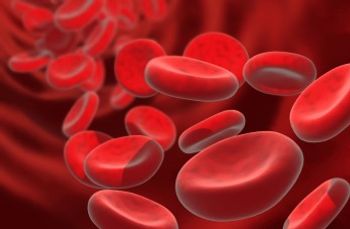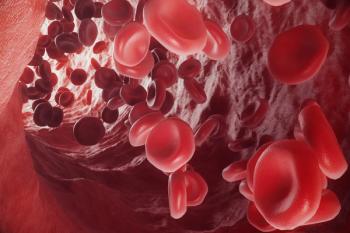
Oncology NEWS International
- Oncology NEWS International Vol 11 No 3
- Volume 11
- Issue 3
FDA Approves Orfadin for Hereditary Tyrosinemia Type 1
ROCKVILLE, Maryland-The US Food and Drug Administration (FDA) has approved the orphan drug Orfadin (nitisinone capsules, Swedish Orphan International) for treating hereditary tyrosinemia type 1 (HT-1), a rare pediatric disease that causes progressive liver failure and liver cancer. In announcing its approval decision, the agency warned that only physicians experienced in treating the disease should prescribe Orfadin. Rare Diseases Therapeutics, Inc., of Nashville, Tennessee, is the drug’s US distributor.
ROCKVILLE, MarylandThe US Food and Drug Administration (FDA) has approved the orphan drug Orfadin (nitisinone capsules, Swedish Orphan International) for treating hereditary tyrosinemia type 1 (HT-1), a rare pediatric disease that causes progressive liver failure and liver cancer. In announcing its approval decision, the agency warned that only physicians experienced in treating the disease should prescribe Orfadin. Rare Diseases Therapeutics, Inc., of Nashville, Tennessee, is the drug’s US distributor.
HT-1 results from the inhibition of an enzyme involved in an early step in the tyrosine catabolic pathway. The disorder is present at birth and manifests itself within weeks or months in the failure of the infant to thrive and by symptoms of hepatomegaly, edema, ascites, melena, and hemorrhagic diathesis.
HT-1 is fatal in the first year of life without therapy, and treated patients rarely live into their 20s without a liver transplant. Fewer than 100 children in the United States have the disease.
The agency acted after reviewing a study of more than 180 patients (median age, 9 months) treated with Orfadin and a diet that restricted intake of the amino acids tyrosine and phenylalanine. In that trial, children less than 2 months old at the time of diagnosis had a 4-year survival rate of 88%. Historical data on children treated with dietary restrictions alone puts the 4-year survival rate at 29%.
The most common side effects were related to high tyrosine levels due to failure of the children to eat the appropriate diet. Excessive levels of that amino acid can be toxic to the eyes, skin, and nervous system. Researchers also reported rare instances of mild reductions in platelet and white blood cell counts.
Articles in this issue
almost 24 years ago
Bush to Complete 5-Year Doubling of NIH Budgetalmost 24 years ago
CAD Accurate in Digital Imagesalmost 24 years ago
Campath-1H Safe and Effective in Refractory B-CLLalmost 24 years ago
Involved-Field RT Is Effective in Hodgkin’s Diseasealmost 24 years ago
Allovectin-7 Immunotherapy Active in Metastatic Melanomaalmost 24 years ago
HAART Ups Survival in Primary CNS Lymphoma Patientsalmost 24 years ago
DX-8951f/Gemcitabine Safe, Active in Advanced Solid Tumorsalmost 24 years ago
Pseudomonas aeruginosa Infections After Transplant Rare But Deadlyalmost 24 years ago
ODAC Recommends That FDA Approve Zometa for Bone Metastasesalmost 24 years ago
CAD Equivalent to Double-Read Mammogram ScreeningNewsletter
Stay up to date on recent advances in the multidisciplinary approach to cancer.

















































































